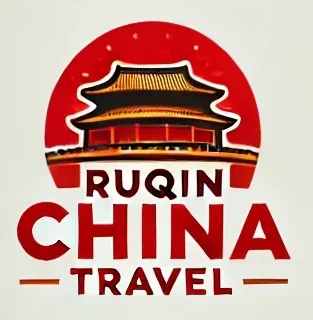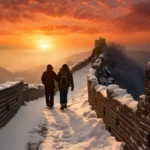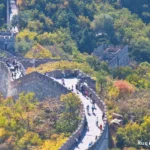Beijing, a city where history intertwines with modernity, is a paradise for those who cherish culture and heritage. The city boasts an impressive array of museums, each offering a unique glimpse into different facets of China’s rich tapestry.
This guide “Top 10 Museums in Beijing” spotlights the top 10 must-see museums in Beijing, ensuring your visit is not just a trip but a journey through time and creativity. Let’s embark on this cultural exploration, revealing the must-visit museums in Beijing.
1. The Palace Museum (The Forbidden City)
The Palace Museum, known as the Forbidden City, stands as a monumental testament to China’s imperial history. Nestled in the heart of Beijing, this UNESCO World Heritage site was the imperial palace for Ming and Qing dynasties. Its stunning architecture, sprawling courtyards, and a vast array of cultural artifacts make it a must-visit destination.
Check out: How to Visit the Forbidden City for more information
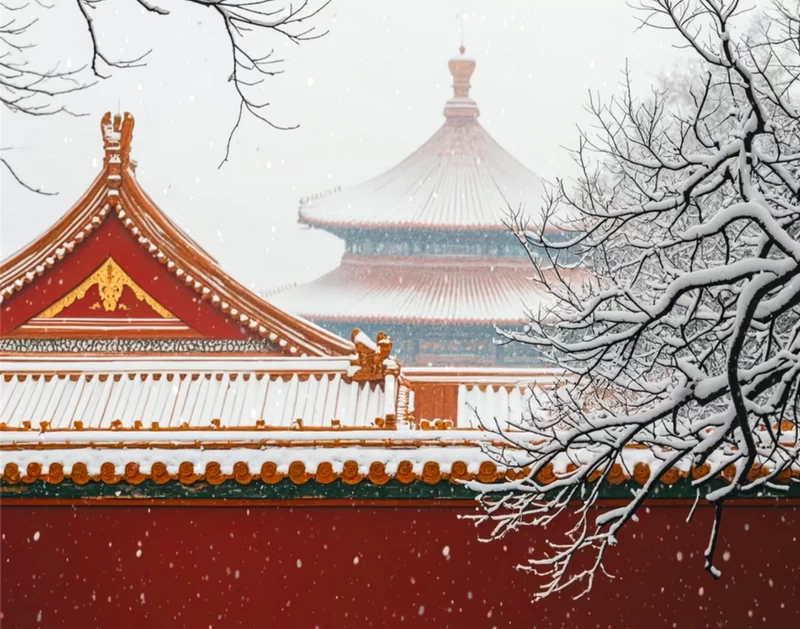
Location: No. 4, Jingshan Front Street, Dongcheng District, Beijing
Opening Hours:
Peak Season (April 1 – October 31): 8:30 AM – 5:00 PM
Off-Season (November 1 – March 31): 8:30 AM – 4:30 PM
Closed on Mondays (except for public holidays)
Ticket Price:
Peak Season: ¥60
Off-Season: ¥40
Why Visit:
The Forbidden City served as the royal palace for China’s Ming and Qing dynasties. It is the largest and best-preserved wooden architectural complex in the world. With its red walls, yellow roofs, and magnificent palaces, visitors are transported back in time to experience ancient court life. The vast collection of cultural relics and treasures adds to the allure.
How to Get There: Accessible via the Tiananmen East or Tiananmen West subway stations, the Palace Museum is conveniently located for visitors.
Entrance Fees and Reservation: Tickets vary seasonally, with peak season (April to October) prices slightly higher. It’s advisable to book tickets online in advance, as visitor numbers are capped daily to preserve the site’s integrity.
2. The National Museum of China
The National Museum of China, located majestically on the east side of Tiananmen Square, is a cultural landmark merging history with art. As one of the largest museums in the world, it presents an unparalleled collection that chronicles China’s cultural evolution from ancient times to the modern era. The museum’s vast exhibits range from ancient Chinese artifacts to exhibits on revolutionary history and art.
Check out: National Museum of China Travel Tips for more information
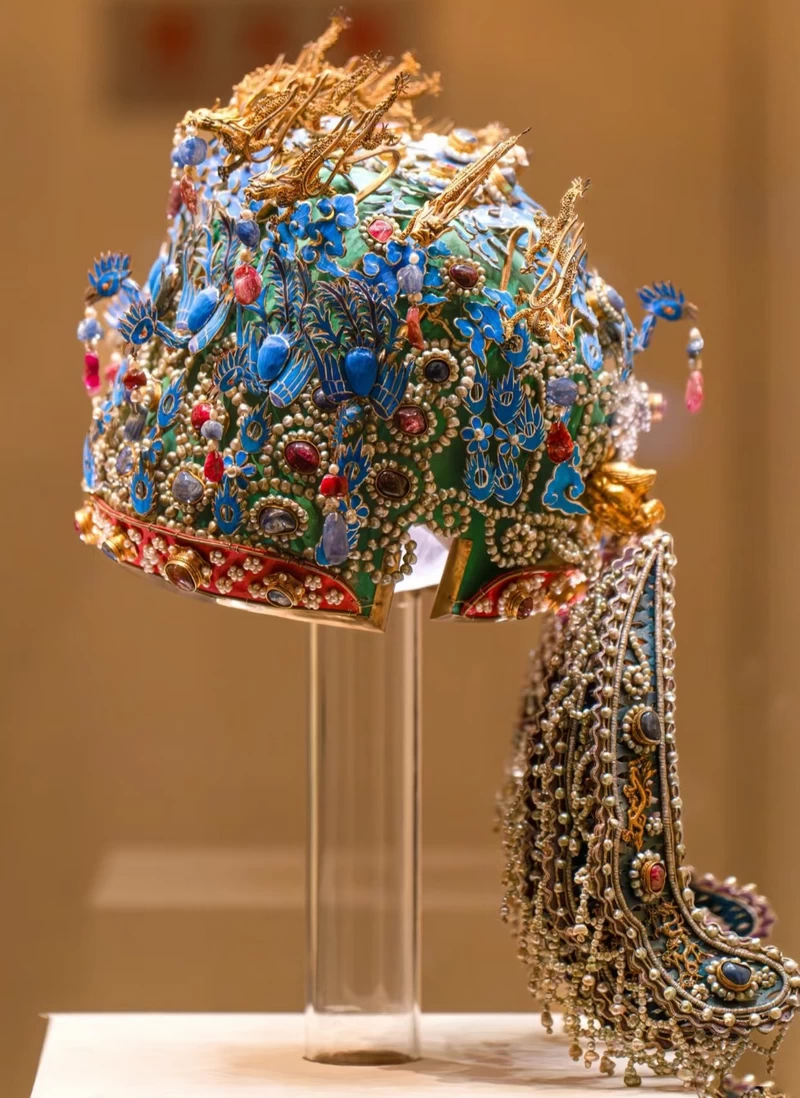
Location: No. 16, East Chang’an Street, Dongcheng District
Opening Hours:
- 9:00 AM – 5:00 PM (Last entry at 4:00 PM, visitors must exit by 4:30 PM)
- Closed on Mondays (except for public holidays)
Ticket Price: Free
Why Visit:
The National Museum of China is the hall of Chinese culture. It houses a vast collection of priceless artifacts, spanning from ancient times to the modern era. Highlights include the famous Simuwu Ding and Four Sheep Square Zun. These treasures tell the story of China’s history and offer a deep understanding of the richness and depth of Chinese culture.
How to Get There: The museum is easily accessible from Tiananmen East or Tiananmen West subway stations, making it a convenient stop for any traveler in Beijing.
Entrance Fees and Reservation: Admission to the National Museum of China is free, but visitors must present a valid ID or passport to enter. It’s recommended to reserve a ticket online in advance to ensure entry, especially during peak tourist seasons.
3. The Capital Museum of China
The Capital Museum, renowned for its striking modern architecture, stands as a beacon of Beijing’s history and culture. This museum offers a fascinating mix of temporary and permanent exhibitions, providing a comprehensive insight into the city’s evolution. Its collections include ancient bronzes, ceramics, paintings, and calligraphy, all telling the story of Beijing’s rich cultural heritage.
Check out it official website: The Capital Museum of China for more information
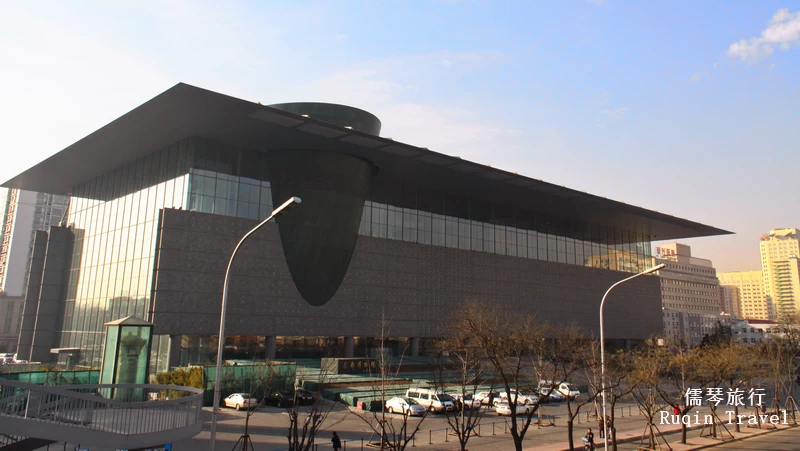
Location: No. 16, Fuxingmen Outer Street, Xicheng District
Opening Hours:
- 9:00 AM – 5:00 PM
- Closed on Mondays (except for public holidays)
Ticket Price: Free
Why Visit:
The Capital Museum is a modern museum with a rich collection. Its exhibitions cover Beijing’s history, culture, and art. Here, you can learn about the city’s development and admire beautiful artifacts and artworks.
How to Get There: The museum is accessible via the Muxidi or Changchunjie subway stations. It’s located in the western part of the city, making it a pleasant detour from the central tourist spots.
Entrance Fees and Reservation: Entry to the Capital Museum is free, but visitors must book a ticket in advance, either online or at the museum’s ticketing office. This measure ensures a comfortable and orderly experience for all guests.
4. The Chinese Traditional Culture Museum (CTCM)
The Chinese Traditional Culture Museum covers 10,463 square meters, with a total building area of 91,126 square meters. It is a national-level museum. Located south of the China National Studies Center and north of the China Science and Technology Museum, it has two underground floors and six above-ground floors. Its design is inspired by the proportions and structure of the Forbidden City’s Hall of Supreme Harmony, blending traditional and modern elements.
Check out its official website: The Chinese Traditional Culture Museum
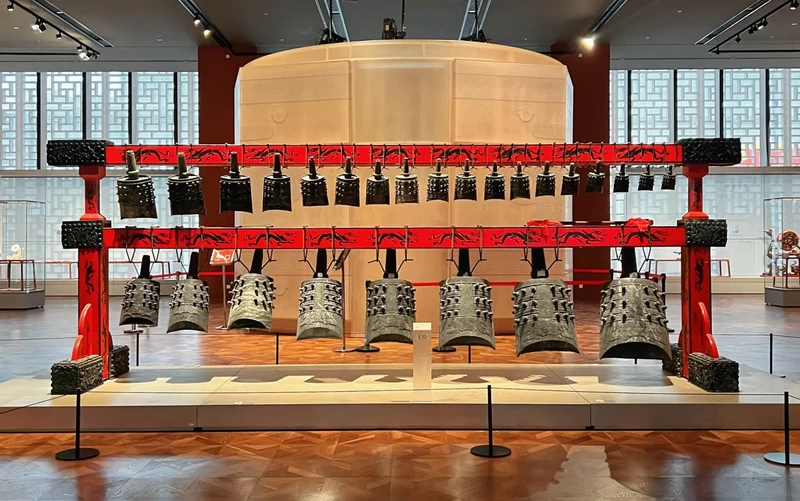
Location: No. 16, Hujing East Road, Chaoyang District
Opening Hours:
- 9:00 AM – 5:00 PM
- Closed on Mondays (except for public holidays)
Ticket Price: Free
Why Visit:
The museum features interactive exhibits, temporary galleries, an intangible cultural heritage section, and an arts and crafts display. Notable works from masters are on display, especially in the main exhibit, “Chinese Treasures – Intangible Cultural Heritage and Arts & Crafts”. It showcases the finest contemporary Chinese arts and crafts, including jade, ivory carvings, and wood and stone sculptures, all truly mesmerizing.
5. The Military Museum of the Chinese People’s Revolution
The Military Museum of the Chinese People’s Revolution offers a profound insight into China’s military history. This museum is a testament to China’s defense heritage, featuring an extensive collection that includes weapons, military equipment, and historical uniforms. It’s an educational journey through the various military milestones of China, providing a unique perspective on the nation’s past conflicts and achievements.
Check out its official website: The Military Museum of the Chinese People’s Revolution
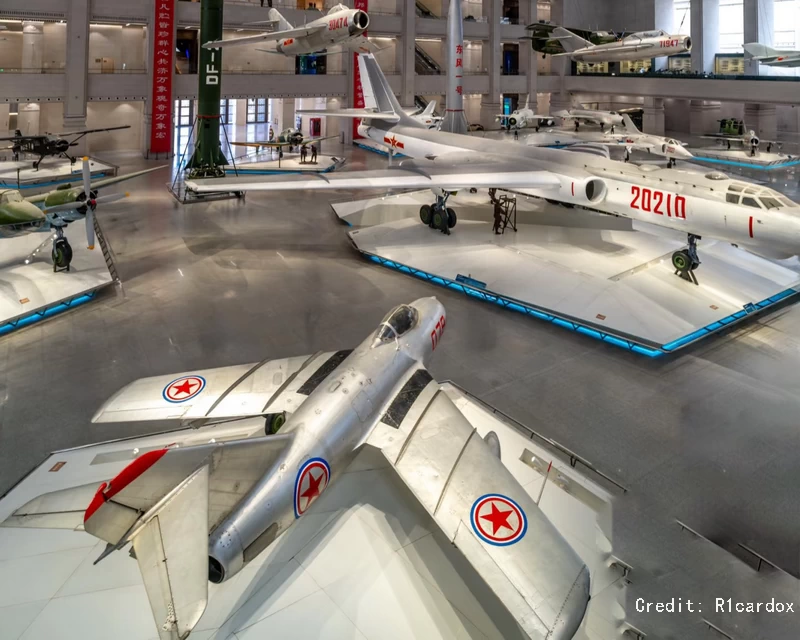
How to Get There: Conveniently located at the Military Museum subway station of Subway Line 1, this museum is easily accessible and stands as a prominent landmark in the city.
Entrance Fees and Reservation: Entry to the Military Museum is generally free, but some special exhibitions might require a ticket. Visitors are encouraged to book tickets online to ensure a seamless experience, especially during weekends and public holidays.
6. Beijing Folk Museum (Dongyue Temple)
The Beijing Folk Museum (Dongyue Temple) is the only state-run museum in Beijing dedicated to folk customs. It is a national-level second-class museum. Located within the Dongyue Temple, the temple is named after the Taishan God, Dongyue Dadi, and is one of the largest Taoist temples in northern China.
The museum’s collection is divided into five categories: clothing, commercial folk customs, life rituals, seasonal and festive items, and traditional recreational artifacts.
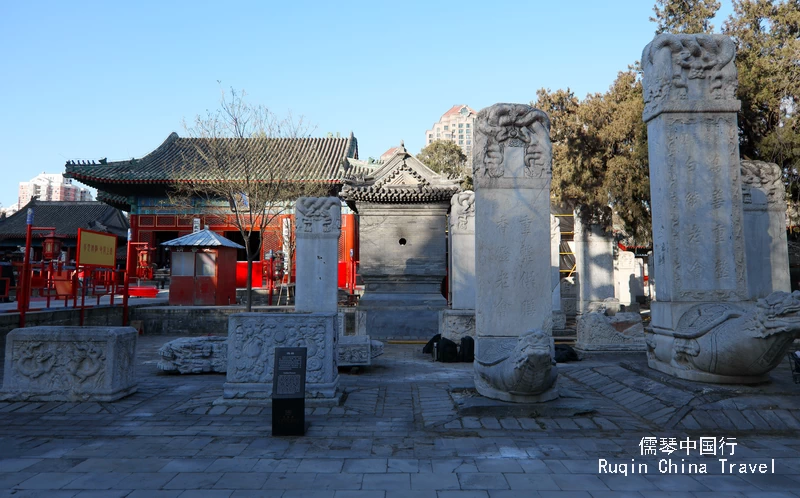
Check out: Beijing Folk Museum (Dongyue Temple) for more information
Location: No. 141, Chaoyangmen Outer Street, Chaoyang District
Opening Hours:
- 8:30 AM – 5:00 PM
Ticket Price: Free
Why Visit:
Located within the nationally protected Dongyue Temple, the museum regularly hosts exhibitions on old Beijing’s folk customs. During traditional festivals such as the Spring Festival, Dragon Boat Festival, and Mid-Autumn Festival, the museum also holds various folk activities. The Dongyue Temple is known for its abundance of statues, stelae, and couplets.
7. The China Science and Technology Museum
The China Science and Technology Museum is an interactive haven for those intrigued by scientific discoveries and technological advancements. This museum offers a dynamic and educational experience, with exhibits that cover a wide range of topics from ancient scientific inventions to cutting-edge technology. It’s a place where science comes to life, engaging visitors of all ages with hands-on activities and immersive displays.
Check out its official website: The China Science and Technology Museum Ticket Booking
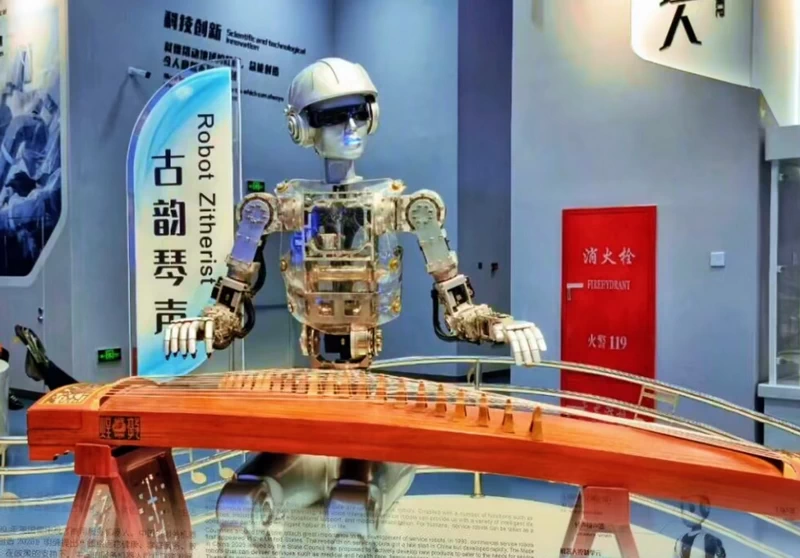
Location: No. 5, Beichen East Road, Chaoyang District
Opening Hours:
- 9:30 AM – 5:00 PM (Last entry at 4:30 PM)
- Closed on Mondays (except for public holidays)
Ticket Price:
- Main Exhibition Hall: ¥30
- Children’s Science Park: ¥20
Why Visit:
The China Science and Technology Museum is the only national-level comprehensive science museum in China. It features several themed galleries, such as “Light of China”, “Exploration and Discovery”, and “Science and Life”. Through interactive exhibits and science displays, visitors can learn about scientific knowledge and experience the wonders of technology.
How to Get There: Located in the Olympic Park area, the museum is accessible via the Olympic Park subway station. Its proximity to other Olympic venues makes it an exciting addition to any itinerary.
Entrance Fees and Reservation: While there is an entrance fee, the cost is modest and provides access to most exhibits. To avoid long waiting times, especially on weekends and during school holidays, it is recommended to purchase tickets online in advance.
8. China Numismatic Museum
The China Numismatic Museum was established in 1992. It is a national-level specialized museum directly under the People’s Bank of China. Located at No. 17 Xijiaomin Lane, Xicheng District (北京市西城区西交民巷17号院), Beijing, the museum’s architecture is designed like a “square hole coin.” It includes a central hall and four exhibition halls, covering a total area of 1,800 square meters, with 1,100 square meters for exhibitions.
Check out its official website China Numismatic Museum for more informaton
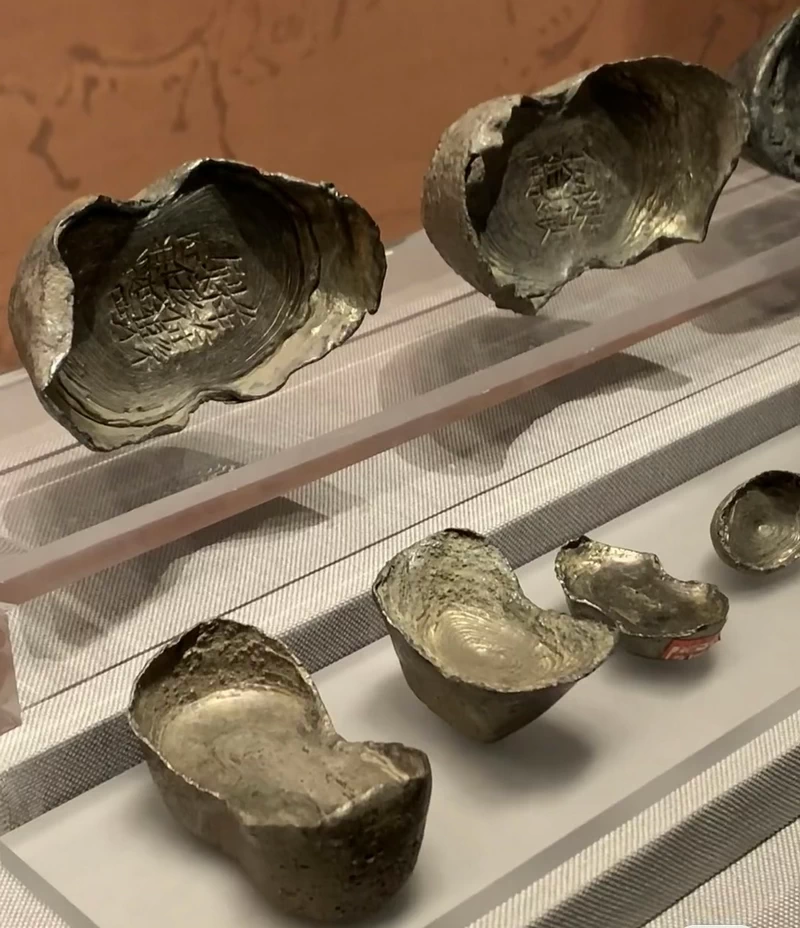
The museum occupies the former buildings of the Beiyang Bank and the Peking branch of the Central Bank. These buildings are not only national cultural heritage sites but also physical witnesses to the development of modern Chinese finance.
The museum serves both the central bank and society. It focuses on collecting, displaying, and researching ancient and modern coins, as well as the history of banking.
Opening Hours:
- Tuesday to Sunday: 9:00 AM – 5:00 PM (Last entry at 4:00 PM)
- Closed on Mondays and public holidays.
Visitors must bring their ID and make a free reservation through the museum’s official WeChat account.
9. The Museum of Chinese Gardens and Landscape Architecture
The Museum of Chinese Gardens and Landscape Architecture is a symbol of China’s cultural heritage, highlighting the beauty of garden art and the richness of landscape architecture. It serves as an educational center for the public, students, international visitors, and experts, providing valuable insights into the history and diverse significance of Chinese garden and landscape design.
Check out: How to Visit the Museum of Chinese Gardens and Landscape Architecture
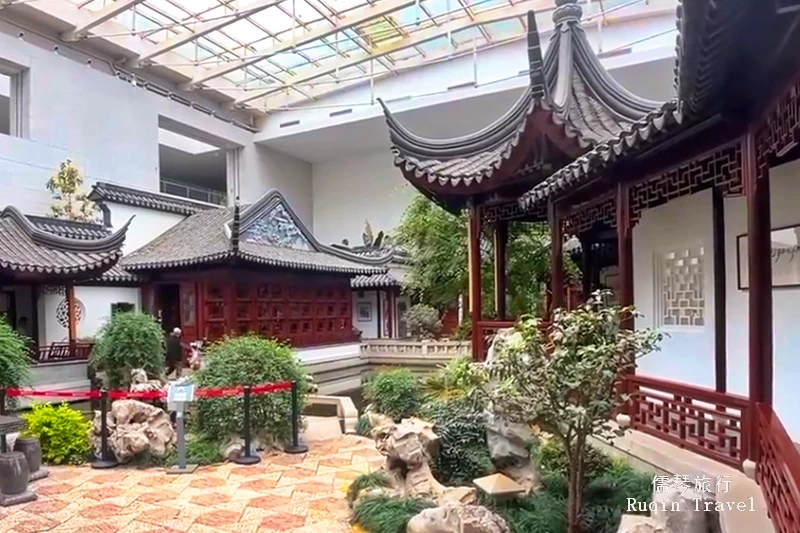
Location: No. 15, Shooting Range Road, Fengtai District
Opening Hours:
- 9:00 AM – 5:00 PM
- Closed on Mondays (except for public holidays)
Ticket Price: Free
Why Visit:
The China Garden Museum is the first national-level museum dedicated to gardens. It features a rich collection of garden artifacts and images. The museum also recreates several classic gardens. The exhibits blend seamlessly with the garden settings, offering visitors a unique experience. As you walk through, the scenery changes, making it both engaging and enjoyable.
10. The Central Gift and Cultural Relics Management Center
The Central Gift and Cultural Relics Management Center in Beijing showcases important diplomatic gifts exchanged by Chinese leaders. Built to mark the 100th anniversary of the Communist Party of China, it features a stunning collection of porcelain, glass, and metal artifacts, each telling a unique story of China’s global diplomacy.
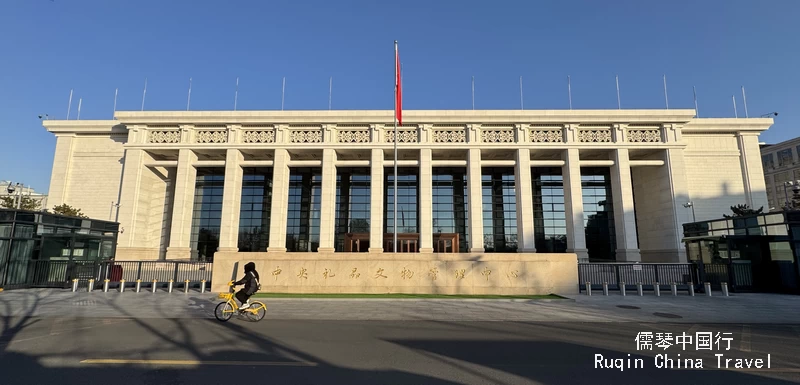
Location: No. 1, Xixinglong Street, Dongcheng District
Opening Hours:
- 9:00 AM – 5:00 PM (Last entry at 4:30 PM)
Ticket Price: Free
Why Visit:
The Central Gift and Cultural Relics Management Center was built to celebrate the 100th anniversary of the Communist Party of China. It showcases important diplomatic gifts exchanged by party and state leaders. The collection includes exquisite porcelain, glassware, and metal crafts. Each item has its own fascinating story behind it.
How to Book Entrance Tickets for the Top 10 Museums in Beijing
Booking tickets for the top 10 museums in Beijing is simple and straightforward. Whether you plan ahead or decide last minute, there are several ways to secure your tickets. Here are the best options:
Official Museum Websites
Most of the top 10 museums in Beijing allow you to purchase tickets directly from their official websites. This is usually the most reliable method, ensuring you get the right ticket for your visit.
Popular museums with online ticketing:
The Palace Museum (Forbidden City): www.dpm.org.cn
National Museum of China: www.chnmuseum.cn
Beijing Capital Museum: en.capitalmuseum.org.cn
Ctrip: Perfect for booking tickets, transportation, and tours in English.
Museum Passes
Some of the top museums in Beijing offer passes that give you access to multiple locations for a single price. The Beijing Museum Pass is ideal if you want to explore several museums and cultural sites at a discounted rate, without purchasing individual tickets.
At the Museum
If you’re already in Beijing, you can also buy tickets directly at the museum. However, be prepared for longer wait times at popular spots.
Tip: Arrive early, as some museums have limited capacity.
Using WeChat & Alipay
For tech-savvy visitors, WeChat and Alipay are popular mobile payment platforms in China. You can often buy tickets directly through their apps, which also allow you to manage your tickets and payments smoothly.
Tip: Ensure your WeChat or Alipay is linked to an international card or Chinese bank account for easy transactions.
By using these methods, booking tickets for the top 10 museums in Beijing will be a hassle-free experience!
Beijing’s museums offer a window into the heart and soul of this historic city. From the grandeur of the Forbidden City to the futuristic glimpses at the Planning Exhibition Hall, each museum presents a unique story, blending history, art, and culture.
Whether you’re a history buff, art enthusiast, or simply curious about China’s past and future, these Top 10 Museums in Beijing are essential stops on your journey. They not only educate but also inspire, leaving visitors with a deeper appreciation of Beijing’s rich heritage.
